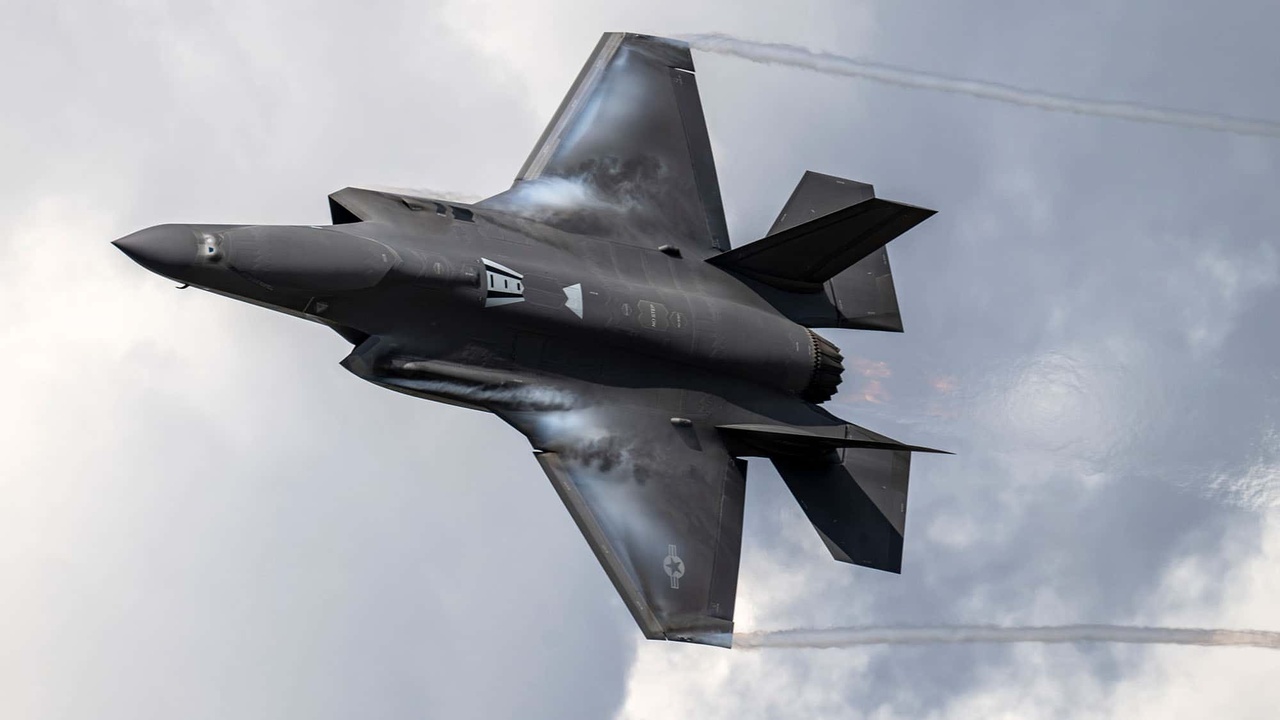According to Lockheed Martin, a version of the F-35 Lightning II that can also be used without a pilot on board could be realized in a relatively short time.
After losing out to Boeing's F-47 in the billion-euro competition for the US Air Force's new fighter aircraft, Lockheed Martin is now focusing entirely on the F-35. Company boss Jim Taiclet announced back in April that he wanted to "turn the Lightning II into a Ferrari". Compared to the winner of the NGAD (Next Generation Air Dominance) program, the fighter jet offers 80 percent of the performance at only half the price.
The engineers could incorporate several technologies that they have developed for various projects for sixth-generation jets. These include the option of flying the F-35 without a pilot. Taiclet hinted at this possibility during a conference in the USA. "We could make the F-35 pilot optional in a relatively modest timeframe, based on a lot of the development we've done," he said. Further improvements such as new stealth coatings or modifications to the airframe to reduce detectability would be conceivable in two to three years' time, he said.
Together with unmanned jets
Possible changes to the shape of the fighter aircraft mainly relate to the air intakes and thrust nozzle of the engine. The avionics will also receive a significant upgrade in order to work together with the unmanned jets from the CCA (Collaborative Combat Aircraft) project, among others. According to the new plans, the F-35 itself could become an unmanned aircraft. The USAF is already testing an F-16 Fighting Falcon with autonomous flight control, even in air combat. However, Taiclet did not mention the twin-engine version of the Lightning II mentioned by US President Donald Trump.
Why an unmanned F-35?
The advantage of unmanned CCA aircraft lies in their lower price, which should enable higher unit numbers. An F-35 without pilots would not be competitive here. The only possible advantages would be for longer missions or high-risk missions. However, it is doubtful whether the USAF would accept the higher costs.


